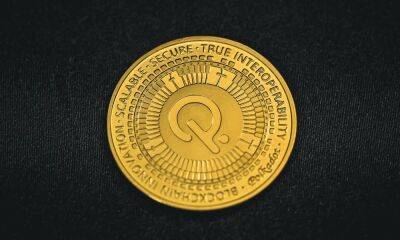Binance pivots to stablecoins after SEC regulatory action
Binance, the world's largest cryptocurrency exchange by trading volume, has turned to alternative stablecoins following regulatory action by the US Securities and Exchange Commission (SEC) against its native stablecoin, Binance USD (BUSD). The SEC sent a Wells notice to Binance, alleging that BUSD violates US securities law. The New York Department of Financial Services (NYDFS) also asked BUSD issuer Paxos Trust to stop minting new BUSD, which forced Binance to look for alternative ways to meet its stablecoin needs.
According to on-chain data, Binance has been looking to onboard TrueUSD (TUSD) and support a few decentralized stablecoins. The crypto exchange has already minted 180 million TUSD from February 16 to 24, indicating that it is turning to TUSD to mitigate its stablecoin needs. TrustToken, the operator behind TUSD, has been a Binance partner since June 2019. The partnership allowed Binance to buy TUSD for zero fees and redeem it for fiat currency. In September 2022, Binance auto-liquidated TUSD to BUSD to increase its market share. Now, with the ban on BUSD, Binance is increasingly minting new TUSD.
Binance CEO Changpeng Zhao has said that the exchange will look at other options to diversify its stablecoin away from BUSD after the regulatory actions. Just a couple of weeks later, Binance announced support for the decentralized borrowing protocol Liquity (LQTY) and launched TrueFi (TRU) perpetual contracts. TRU is the native token of the decentralized finance protocol TrueFi for uncollateralized lending.
Decentralized stablecoins, such as TerraUSD (UST), became popular in the crypto ecosystem, with market pundits believing that they would be the next big thing. However, the collapse of the Terra ecosystem
Read more on blockchain.news


















